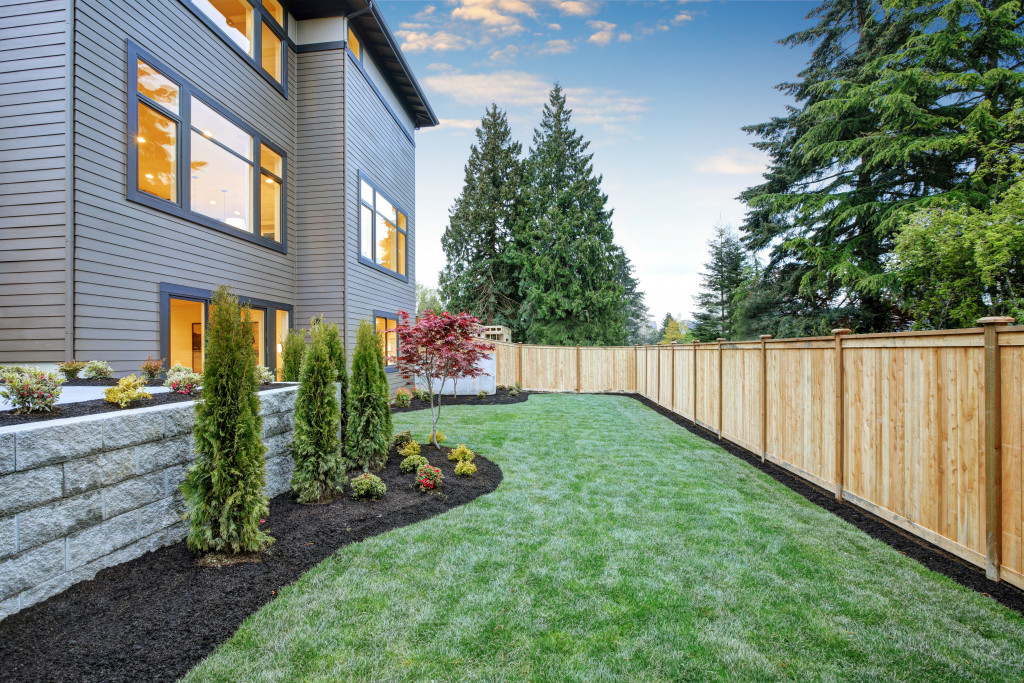The supply of available homes for sale has dwindled while prices have skyrocketed in 2021. According to CNN, the Federal Housing Finance Agency stated that prices increased by almost 20 percent in the third quarter of the year compared to the same period in 2020. Despite that, wealthy buyers were willing to snap up available homes at up to almost double the listed price, paying in cash. Homebuilders have, therefore, been prioritizing the construction of high-end homes where they could have a larger markup.
This has edged out first-time buyers who can only afford entry-level homes on a mortgage. Even with historically low mortgage rates, they could not compete and there were few low-priced homes available for them anyway. Houses priced below $300,000 comprised only 14 percent of available homes in 2021, whereas they comprised 33 percent of the market in 2020.
Fortune reports that experts expect the rate of housing price increases to slow down in 2022 but prices will remain higher than pre-pandemic levels. The rates differ among sources, though. Zillow expects that by October 2022, prices will be 13.6 higher than in October 2021. The forecast of Goldman Sachs is not far different at 13.5 percent. Fannie May expects prices to increase by 7.9 percent while Freddie Mac expects seven percent.
Mortgage rates will also rise, based on predictions from experts. The Mortgage Bankers Association expects that by the end of 2022, the 30-year average fixed mortgage rate will increase by four percent over the 2021 level. Redfin predicts an increase of 3.1 percent to 3.6 percent. This will be another burden on prospective first-time home buyers.

Renters and Rents are Increasing
Since they still cannot afford to purchase a house, many have no choice but to rent instead. According to another report by Fortune, demand for rentals surged significantly in 2021 and rentals are in short supply. As a result, rents have increased.
The Apartment Guide 2021 Rent Report shows that as of November, the rent for one-bedroom units increased by 21.3 percent year-on-year to an average of $1,680. For two-bedroom units, the average rent increased by 16.7 percent year on year to reach an average of $1,958.
In some cities, the increase was much higher. For instance, the average rent for one-bedroom units in Gilbert, Arizona increased by 89.1 percent while the average rent for two-bedroom units in Jacksonville, Florida increased by 54.3 percent. The highest average rent for one-bedroom units is in Boston, Massachusetts at $3,688. For two-bedroom units, the highest average rent is also in Boston at $4,910.
Home prices will still be expensive in 2022 and more people will be renting. Rents will, therefore, remain high and may increase further as demand increases. It is, therefore, a good time to become a landlord.
Becoming a Backyard Landlord
It does not need very large capital investment to become a landlord. Homeowners with extra space in the yard can build an accessory dwelling unit (ADU) and put it up for rent. It can be detached from the main house or attached to it, as long as the ADU has its own entrance. Other options are building it above the garage or converting a spacious basement and providing it with its own entry.
It does not matter how small the available space is. The tiny house movement has inspired many people to live a minimalist lifestyle in small spaces. Some tiny houses are as small as 100 square feet. These include a complete bathroom, kitchen, dining area, and living room. They may have one or more bedrooms. It is important to make the unit just as livable as any home, though. It must have adequate home spray foam insulation and good heating, ventilation, and air conditioning (HVAC) system to be comfortable.
Having a rental within the property makes it a lot easier for the homeowner to provide maintenance services as a landlord. It is also easier to monitor whether the tenant is keeping to the terms of the contract.
Another benefit is that the homeowner can eventually move into the ADU and rent out the main house instead. This can happen when the homeowners become empty nesters and no longer need a large home to live in. Renting out the main house will bring in a higher rent.
Homeowners must first check on ADU laws and regulations in their area because these differ by state and even by locality. California welcomes the construction of ADUs, issuing 12,392 in 2020 amid the pandemic. The state sees ADUs as part of the solution to its housing shortage. Los Angeles, San Jose, and Oakland are among the areas that are friendliest to ADU construction. Some areas, however, make ADU building difficult. Among these are Malibu, Coronado, San Diego County, Encinitas, and Oakland.
There is a growing call for states to become more open to the construction of ADUs. Amid the housing shortage across the country, this is the logical step for every state.

